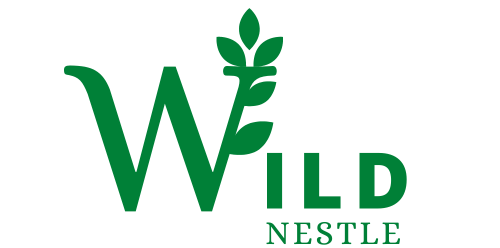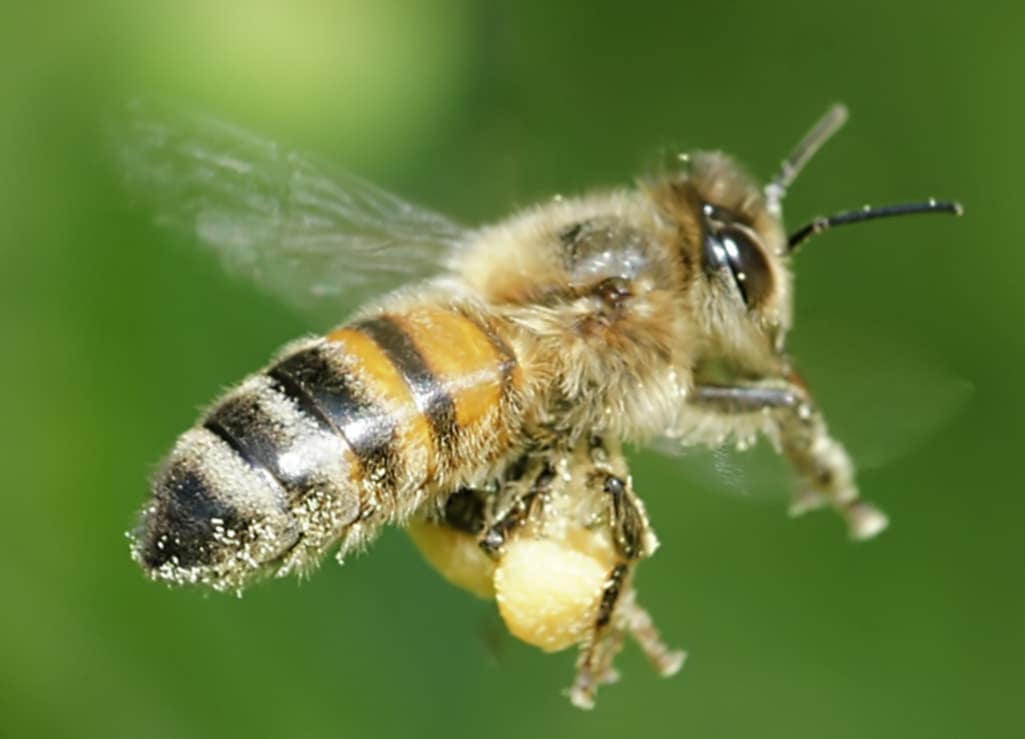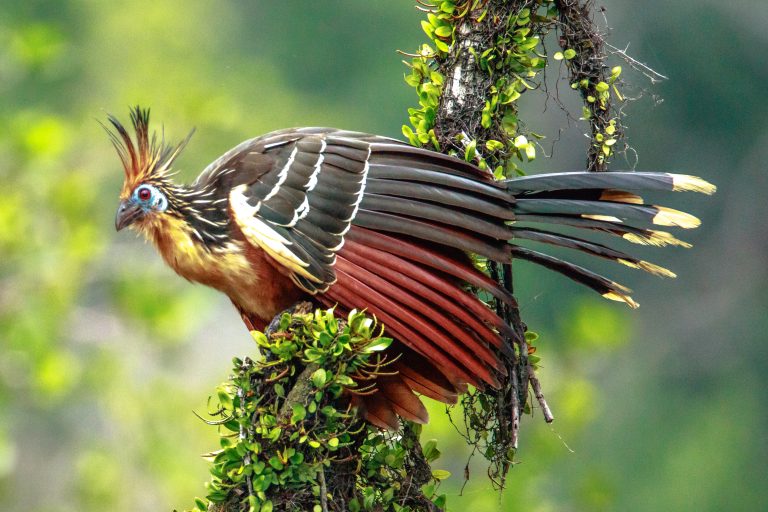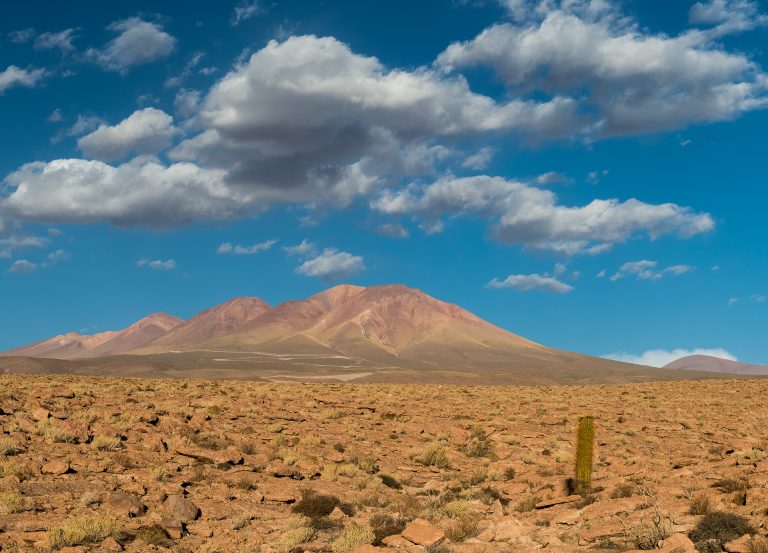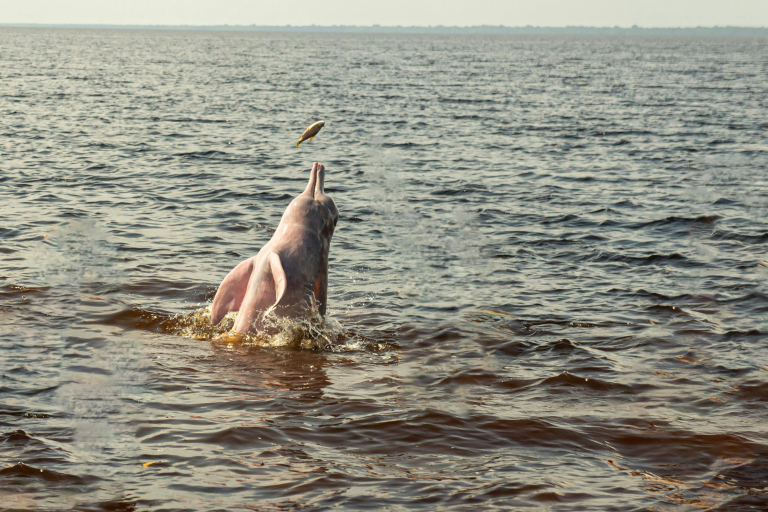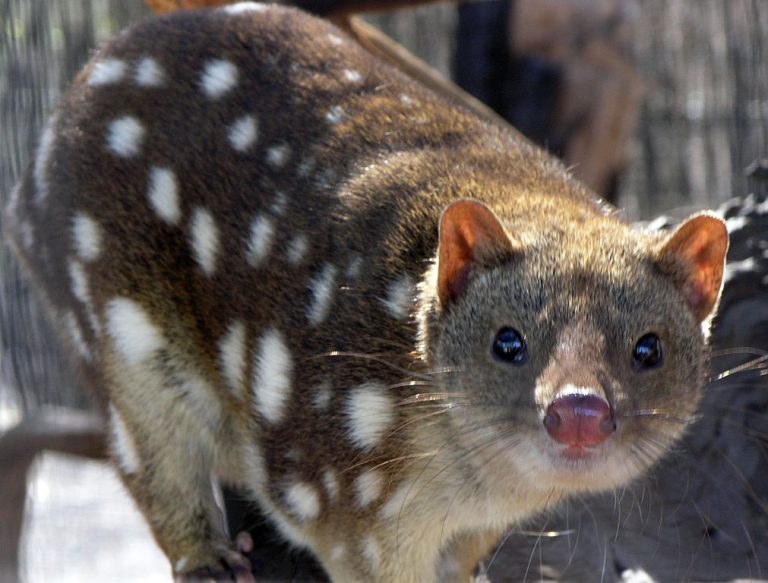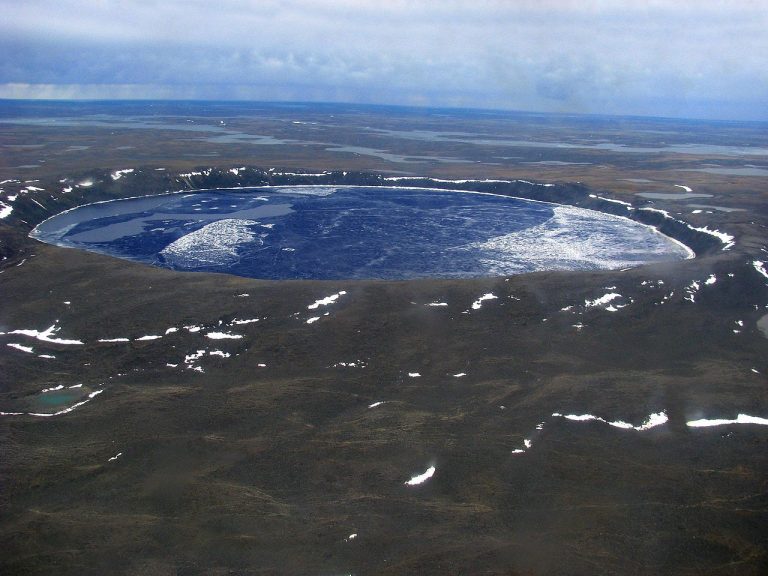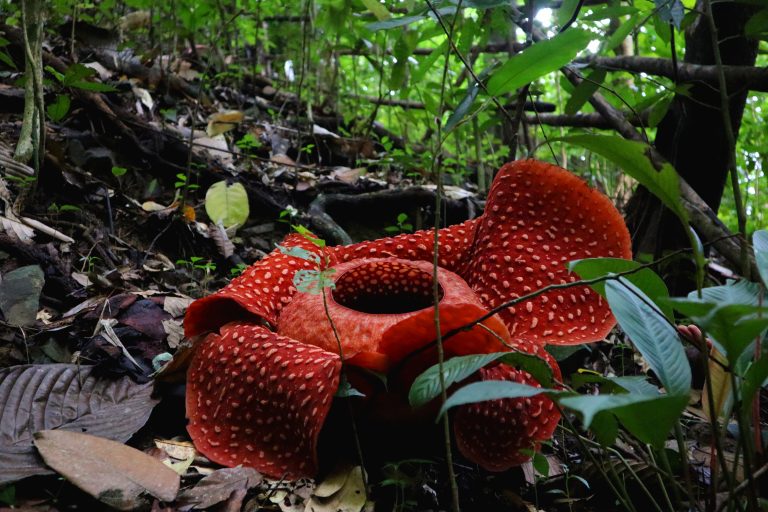Understanding the Waggle Dance of Bees
Any avid nature enthusiast knows the crucial role bees play in Earth’s biosphere.
They are some of the most fascinating and important insects on the planet, and one of their most intriguing behaviors is the waggle dance.
In this post, we are going to look into this complex form of bee communication that has always captivated scientists and nature enthusiasts.
What is the Waggle Dance?
Let’s start our journey by covering the basic aspects of the waggle dance of bees.
Definition and Purpose
The waggle dance is a unique form of communication honeybees (Apis mellifera) use to give information about food sources to other bees in the hive.
This dance is performed by forager bees upon discovering flowers rich in nectar or other valuable food sources.
The main purpose of the waggle dance is to guide other bees to these food sources. It ensures that the colony’s nutritional needs are met efficiently.
Role in Guiding Other Bees to Food Sources
When a forager bee returns to the hive carrying nectar, it performs the waggle dance on the honeycomb to tell other bees about the direction, distance, and quality of the food source.
This dance is a sophisticated way of sharing important information that helps the colony forage for food more efficiently.
Historical Discovery
It was Austrian ethologist Karl von Frisch who first described waggle dance in detail, in the early 20th century.
Von Frisch’s research was groundbreaking and he won the Nobel Prize in Physiology or Medicine in 1973 due to that.
It revealed important details of the dance and its role in bee communication.
His work considerably advanced our understanding of the behavior of bees and has been a cornerstone of research about bees ever since.
The Science Behind the Waggle Dance
Now it’s time for us to dig a little deeper into this intriguing behavior of bees.
Components of the Waggle Dance
The waggle dance consists of several distinct phases:
- Waggle Phase: This is the most important part of the dance, where the bee moves in a figure-eight pattern, vibrating its body and producing a buzzing sound.
The angle of the movement relative to the vertical axis of the honeycomb indicates the direction of the food source relative to the sun.
- Return Phase: After the waggle phase, the bee returns to the starting point of the dance, often in a straight line.
- Transition Phases: These are the periods between the waggle and return phases, where the bee may adjust its position or pause.
Angle and Duration of the Waggle Phase
The angle of the waggle phase is directly related to the direction of the food source.
For example, if the food source is directly in line with the sun, the bee will move vertically during the waggle phase. If the food source is at an angle to the sun, the waggle phase movement will be at a corresponding angle to the vertical plane.
The duration of the waggle phase is related to how far the food source is; the farther away the food source is, the longer the waggle phase will be.
How Bees Interpret the Waggle Dance
Bees interpret the waggle dance through a combination of visual cues and pheromones. Here’s how it works:
- Visual Cues: Other bees in the hive observe the dance and use the angle and duration of the waggle phase to determine the direction and distance of the food source.
- Pheromones: The dancing bee releases pheromones, which help attract other bees to follow the dance and understand its significance.
The Importance of the Waggle Dance in Bee Communication
So, how does the waggle dance relate to the communication among bees?
Food Source Location
The waggle dance is so efficient and accurate in directing bees to nectar-rich flowers and other food sources.
By signaling precise information about the directions of and the distances to the food sources, the dance ensures that foraging efforts are as efficient as possible, minimizing the energy spent by the foraging bees.
Colony Coordination
The waggle dance is crucial for the overall coordination and survival of the bee colony, as it helps in:
- Foraging Strategies: By communicating the direction of and distance to food sources, the dance enables the colony to find food quickly without spending energy unnecessarily.
- Prioritizing food sources: The dance helps the colony give priority to food sources that are closer and of better quality, ensuring that the colony’s nutritional needs are met.
Observing and Studying the Waggle Dance
Let’s look into how scientists study this intricate behavior of bees.
Methods for Observing the Waggle Dance
Researchers use several techniques to observe and record the waggle dance:
- Observation Hives: Special hives with glass or transparent walls allow researchers to observe bees without disturbing them.
- Video Recording Equipment: High-resolution cameras and video recording equipment are used to capture detailed footage of the dance, which can be analyzed later.
Challenges and Considerations
Studying the waggle dance comes with several challenges:
- Controlled Environments: Researchers need to ensure that the observation environment does not influence the natural behavior of the bees.
- Ethical Considerations: It is important to handle bees gently and avoid causing them stress or harm during observations.
Impact of Environmental Factors on the Waggle Dance
Let’s see if environmental factors affect this behavior of bees in any way.
Climate and Weather
Environmental conditions such as temperature, wind, and rain can significantly affect the waggle dance:
- Temperature: Extreme temperatures can change the frequency and duration of the dance.
- Wind: Strong winds can disrupt the dance by making it difficult for bees to maintain their orientation.
- Rain: Rainy conditions can reduce foraging activities and thus the frequency of the dance.
Bees adapt to these conditions by adjusting the timing and intensity of their foraging activities and dances.
Habitat and Resource Availability
Changes in the availability of habitats and resources also influence the waggle dance:
- Resource Availability: In areas with abundant food sources, the dance may be more frequent and intense.
- Habitat Changes: Destruction or alteration of habitats can reduce the availability of food sources, leading to changes in the frequency and nature of the dance.
Conservation Implications and Future Research
So, how does the waggle dance relate to the conservation of bees, what are the considerations for future studies?
Threats to Bee Communication
Human activities pose significant threats to bee communication:
- Pesticide Use: Certain pesticides can disrupt bee communication by affecting their nervous systems.
- Habitat Destruction: Loss of natural habitats reduces the availability of food sources, impacting the waggle dance.
- Climate Change: Climate change changes the timing of flower blooms and can disrupt the synchronization between bees and their food sources.
These threats can have long-term effects on bee populations, including reduced colony health and increased risk of extinction.
Conservation Strategies
To protect bee habitats and reduce threats to bee communication, several conservation efforts are underway:
- Sustainable Agriculture Practices: Practices like organic farming and agroforestry help maintain diverse habitats and reduce pesticide use.
- Habitat Restoration: Restoring natural habitats and creating bee-friendly gardens can increase the availability of food sources.
Future Research Directions
Further research is needed to fully understand and protect the waggle dance:
- Genetic Basis: Studying the genetic basis of the waggle dance could provide insights into its evolution and variability.
- Impact of Urbanization: Researching how urbanization affects bee communication can help in developing strategies for urban bee conservation.
- Applications in Robotics and AI: The waggle dance has inspired research in robotics and artificial intelligence, particularly in the development of swarm intelligence algorithms.
Interdisciplinary approaches combining biology, ecology, and technology are essential for a comprehensive understanding and protection of this complex behavior.
Conclusion
The waggle dance is a complex communication method used by honeybees to guide each other to food sources, providing details about direction, distance, and quality through visual cues and pheromones.
First described by Karl von Frisch, this dance is crucial for colony survival and efficient foraging.
Environmental factors like climate and habitat changes can impact the dance, emphasizing the need for conservation strategies such as sustainable agriculture and habitat restoration.
Future research in genetics, urbanization effects, and applications in robotics and AI will further protect and understand this vital behavior.
